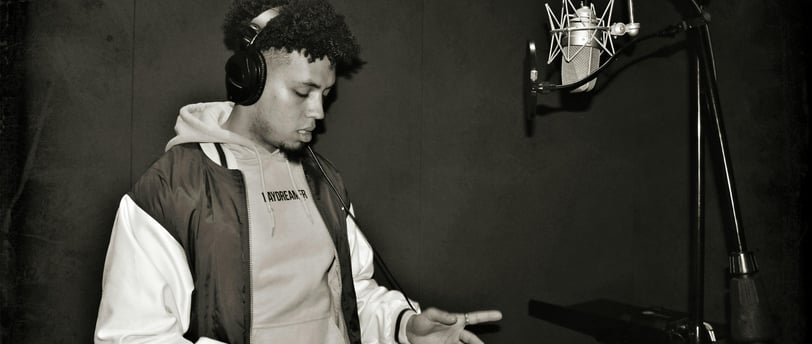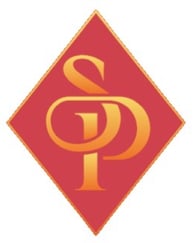Understanding Copyright Basics for Content Creators and Artists
11/12/20244 min read


Introduction to Copyright
Copyright is a set of laws that protect original creations in a variety of fields, including literature, music, visual arts, and more recently, digital works. At the heart of the concept of copyright is the recognition that creators have exclusive rights over their works, allowing them to control the use and distribution of those creations. This legal framework aims to encourage creativity by ensuring that authors and artists can profit from their intellectual efforts.
The origins of copyright date back to the 18th century, with legislation such as the Act of Anne of 1710 in England, which laid the foundations for the protection of literary works. As the world evolved, new legislation emerged, including international agreements aimed at harmonizing the rights of creators worldwide. This legal framework aims not only to protect the rights of authors, but also to promote the exchange of ideas and the dissemination of knowledge. As a content creator, it is essential to understand these principles because they influence how you share, distribute, and protect your works.
The primary function of copyright is to ensure that creators have the ability to exercise their rights in their works, which include the right of reproduction, the right of distribution, the right of modification, and the right of public display. For content creators, understanding the implications of copyright early on is essential; it not only helps them protect their works from unauthorized use, but also helps them navigate the dynamic and sometimes complex landscape of intellectual property rights. By incorporating this understanding into their work from the outset, creators can position themselves well to grow their creativity while protecting their intellectual property.
Types of Protection Offered by Copyright
Copyright is a key legal mechanism for protecting original creations in various artistic and literary fields. At the heart of this protection are copyrighted works, which span a wide range of formats. This includes texts, whether articles, books, or works of fiction. In addition, images and illustrations, whether photographic or graphic, are also covered by copyright. Videos, whether short sequences or full films, as well as music, including compositions, lyrics, and sound recordings, also benefit from this protection. This diversity underlines the importance of copyright as a tool that allows creators to preserve the integrity of their work and control its use.
In addition to the works themselves, copyright also grants moral rights to creators. These rights may vary from country to country, but they generally include the right of paternity and the right to the integrity of the work. The right of paternity allows the author to claim authorship of his work. This means that each creator has the right to be recognized as the true author, which is particularly significant for artistic reputation. On the other hand, the right to the integrity of the work aims to protect the creation against any modification, distortion or destruction that could harm the honor or reputation of the author. These moral rights, although outside of economic rights, play an essential role in protecting the originality and creativity of each creator.
How to protect your content
Protecting your content is an essential step for any creator wishing to safeguard their original works against unauthorized use. Although registering a copyright is not a requirement in many countries, it is highly recommended because it provides solid proof of authorship. To register a copyright, it is necessary to submit an application form to the copyright office in your country, accompanied by a copy of the work you wish to protect. This process may vary depending on the jurisdiction, but in general, it requires information about you, the creator, as well as details about the work.
In addition to registration, there are several best practices content creators can adopt to prove their ownership of a work. For example, it’s a good idea to keep original files and drafts of your content, as well as records of each version you create. This evidence can be critical in the event of a dispute. Additionally, having clear terms of use on your publishing platforms will help define users’ rights and avoid any ambiguity.
When copyright infringement occurs, it’s crucial to act quickly and thoughtfully. The first step is to document the infringement by capturing evidence of the unauthorized use of your content. Next, you may consider sending a cease and desist letter to the infringer, requesting that the illegal use stop. If the situation isn’t resolved amicably, pursuing legal action may become necessary. To avoid complications, it may be beneficial to consult an intellectual property legal professional who can advise you on the best course of action to protect your rights.
Conclusion and Additional Resources
Understanding copyright is fundamental for content creators to protect their work and creativity. This blog has explored the basics of copyright law, highlighting the importance of this legal framework for all those who produce content, whether they are writers, artists, musicians or digital creators. Copyright provides essential protections that allow creators to control the use of their works, ensure proper recognition and promote a thriving creative economy.
In light of the points discussed, it is crucial that creators become more informed about their rights and obligations. A thorough understanding of copyright can not only help them avoid costly litigation, but also allow them to better exploit their creative potential. It is also recommended to familiarize yourself with copyright exceptions and limitations, such as fair use, which allow for fair use of certain copyrighted works without breaking the law.
To support your learning journey, several additional resources are recommended. Sites such as the Copyright Office or professional organizations can offer valuable information. Additionally, online tools, such as copyright management platforms, can simplify the protection of your creations. Finally, consulting intellectual property experts can be beneficial in order to obtain advice tailored to specific situations.
In summary, understanding copyright is an essential investment for any creator. By equipping themselves with the proper knowledge and tools, they can better position themselves to protect their work and promote their creativity, while contributing to a respectful and responsible creative environment.
+33 6 72 34 24 38
© 2024. All rights reserved.


contact@sana-pro.fr
+33 6 23 84 69 93
